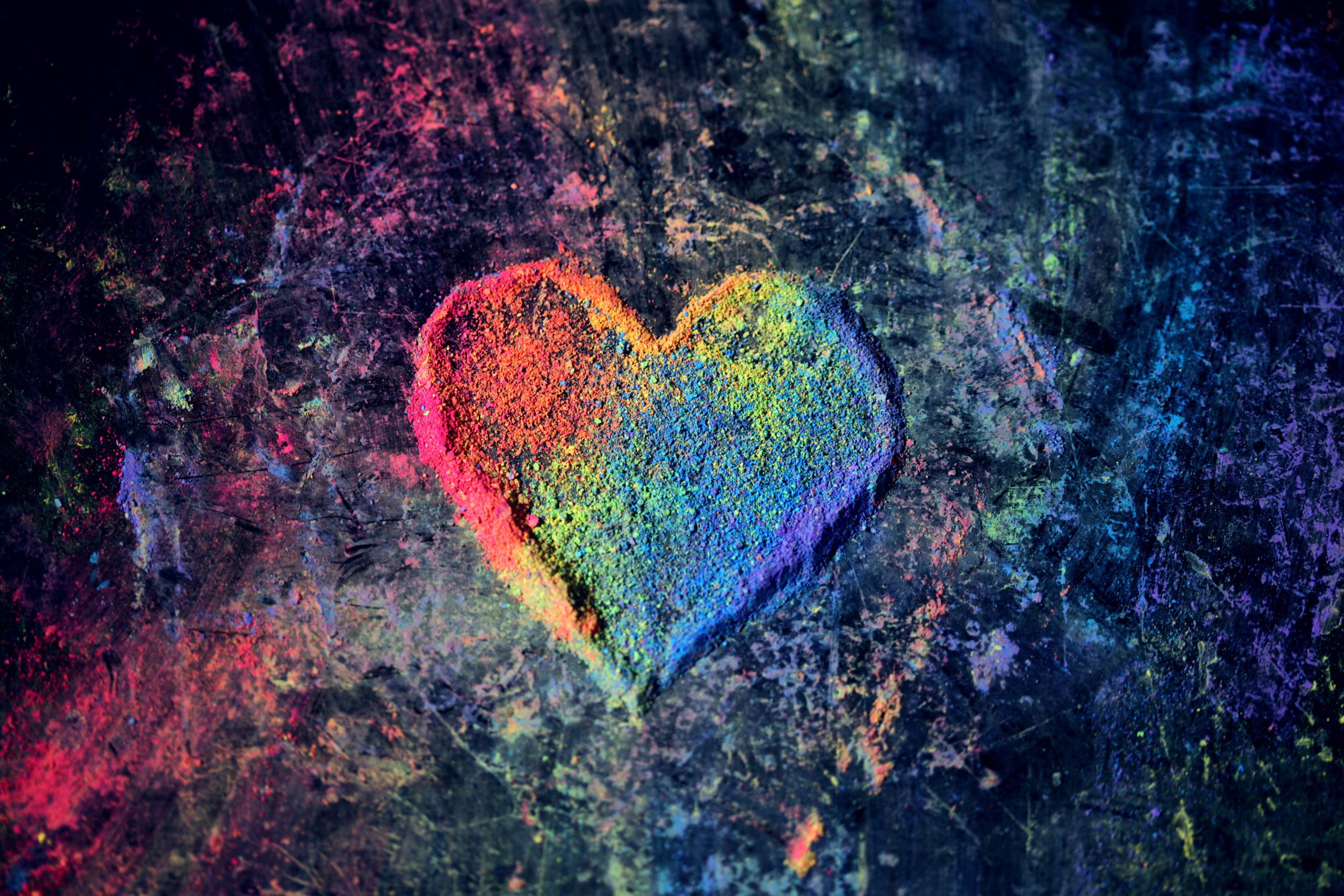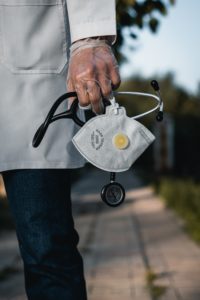A review of Louise Hay’s You Can Heal Your Life
Medicine. Public health. Alternative medicine. Wellness. Integrative medicine. Whole-person medicine. Born in a particular era, practiced by specific audiences, and marketed to the masses, these are but a few of the popularized terms that describe our relationship with and care for our health. Some people delineate medicine as care focused on the individual and public health as care focused on the population. Others describe medicine as Occidental-born practices and alternative medicines as practices, like Ayurveda, born outside of the West. Whatever the definition, all the aforementioned terms describe aggregated knowledge focused on health and healing.
In her book, You Can Heal Your Life, Louise Hay enters this conversation about health and healing with an astute observation: “most doctors do not work with the cause of an illness; they just treat the symptoms, the effects.” In an interactive and easy read, Hay offers thoughtful advice about how we frame and approach our everyday reality. From observations, like “Learning is making mistakes until our subconscious mind can put together the right pictures,” or how “our own beliefs can limit us,” this self-help book can indeed help someone looking to change their outlook and relationships, with both themselves and others. With a strong call to forgiveness and self-love, Hay offers exercises that can be done alone or in pairs to help readers grow, encouraging everyone to “enjoy your transformational process.”
While Hay does an incredible job at demonstrating the intertwined and interconnected nature of the body, mind, and spirit, she makes extreme claims in the latter part of her book that raise concern and significant doubt about her entire approach. For example, she says that “accidents are no accident. Like everything else in our lives, we create them.” She also writes that “we create every so-called illness in our body,” and, in so many words, discredits much of modern medicine. In fact, Hay universally describes the work of contemporary doctors by saying, “they poison or mutilate.” This may be true in select situations, like cancer treatment–a mastectomy may be considered an act of mutilation, inflicting serious damage; chemotherapy is by design toxic to fast-growing cells and damages other cells in its wake–such a blanket assertion dangerously stokes distrust that can lead to harm. However, it is likely that this is a rather obtuse claim and not reflective of modern medicine.
She then goes even further and offers “The List,” which describes how different illnesses or conditions are manifestations of mental obstacles. For example, she claims that the cause of HIV/AIDS is “Feeling defenseless and hopeless,” the causes of baldness include fear and tension, the cause of hemorrhoids is a “fear of deadlines,” the causes of cancer are “deep hurt” and “longstanding resentment,” and the cause of gonorrhea is “a need for punishment for being a bad person.” Unfortunately, none of these causal claims are backed with scientific evidence. Again, while there may be small elements of truth in these claims–stress is a known contributor to many poor health outcomes–she presents them in a concerningly disconnected and absolutist manner, full of judgment and contrary to decades of clinical and scientific research.
On one hand, Hay’s purpose and approach are commendable – she wants to empower the reader. She shares very thoughtful reflections, effective activities, and nuggets of truth that can be transformational in helping someone realize their potential. Discussions about the abundance of energy in the universe and the way different bodily ailments can be treated with mental framing mirror existing concepts like qi and reflexology. However, Hay presents them in a divisive and disconnected manner from other domains of health and healing.
This book must be read with caution, as many of her strong claims are unfounded. While it is clear her intention is to empower and create a positive mindset, she often veers into making all-encompassing claims that are not based in evidence. As public health students, practitioners, and scholars, there are two major takeaways from Hay’s work. First, health and healing incorporate so much more than the myopic way medicine and public health are defined today. Whether we go back to the book of Exodus, the papyrus scrolls of ancient Egypt, or the timeless teachings of Hippocrates, health and healing have been tested and tried for millennia in so many different ways. Is a “lack of known scientific evidence” a true gap in knowledge, or spin by players with alternative agendas? Is there a true lack of evidence, or a lack of interest and funding? We have abundant opportunities to transcend the siloed nature of health and healing today to create integrated dialogue and transdisciplinary collaborations. Second, there is a need to move the conversation upstream and focus on multilevel causes. Mental state and mindset may be part of the causal constellation, as Hay describes, but there are also many other upstream factors that, if addressed, could yield more effective and longer lasting results on both individual and population levels.
- A New Year, A New Needed Perspective - November 17, 2022
- Navigating the Line Between Discomfort and Uncomfort: Exploring Cultural Immersion - November 2, 2022
- Locating Eckhart Tolle’s “A New Earth” Within Current Public Health Epistemology: A Book Review - October 12, 2022




